A Chinese pharmaceutical company carrying out human trials for a coronavirus vaccine says it’s ready to start producing its product on a mass scale.
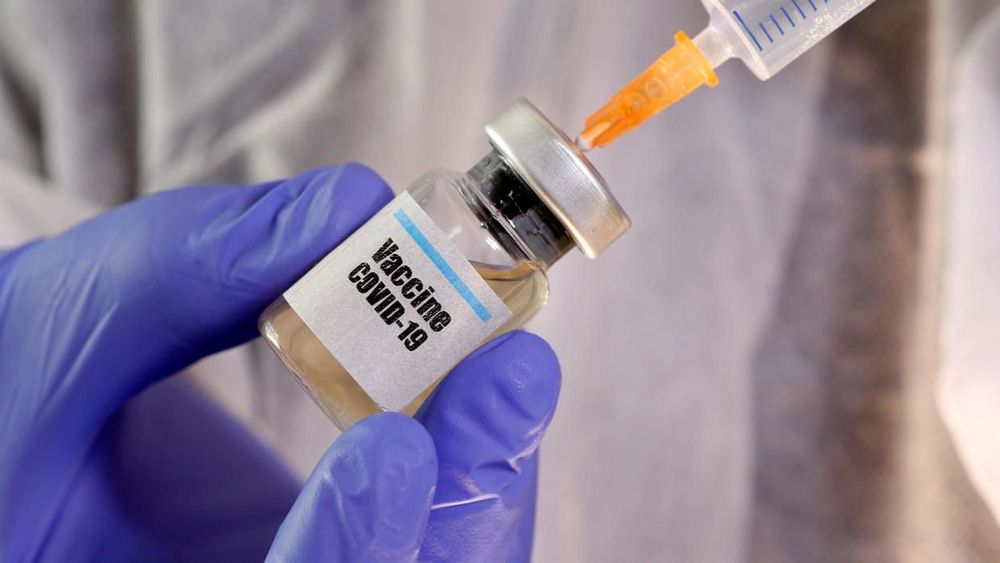


‘Through advances in medical devices and synthetic biology, DARPA’s new Advanced Acclimation and Protection Tool for Environmental Readiness (ADAPTER) program aims to develop a travel adapter for the human body, an implantable or ingestible bioelectronic carrier that can provide warfighters control over their own physiology. The integrated system will be designed to entrain the sleep cycle – either to a new time zone or back to a normal sleep pattern after night missions – and eliminate bacteria that cause traveler’s diarrhea after ingestion of contaminated food and water,’ reads a DARPA statement on the new device.”
The adapter is meant to regulate sleep patterns and protect against diarrhea.

Earlier this year, the layer of ozone over the Arctic thinned out enough to be considered a serious sized hole. It wasn’t exactly impressive compared with its southern cousin, but it was certainly a lot bigger than we’d ever seen it before.
Now, according to surveillance by the Copernicus Atmosphere Monitoring Service (CAMS), we can breathe a sigh of relief. It’s healed up again.
That’s great news for ecosystems below, which rely on concentrations of ozone gas high up in the stratosphere to act as a planetary-scale sunscreen against damaging showers of UV radiation.
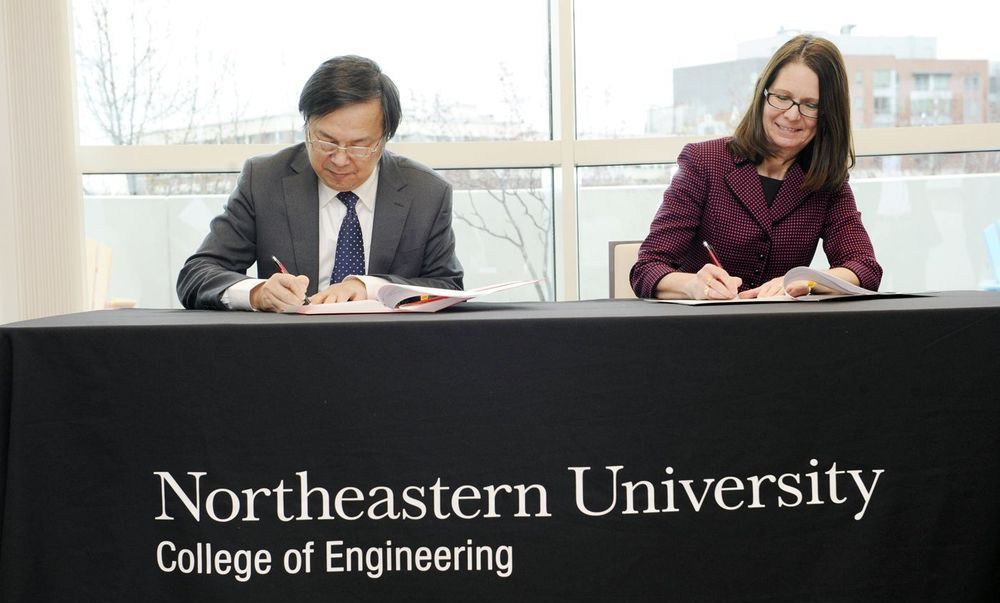
Northeastern University and Wenzhou Medical University in China have partnered to combine their expertise in nanotechnology and medicine, respectively, to collaborate on research focusing on reducing eye infections caused by contact lenses and intraocular devices.
Through this partnership, the researchers will explore the emerging field of picotechnology, which involves the manipulation of matter on an even smaller scale than is used in nanotechnology.
Nanotechnology researchers at Northeastern are joining forces with Wenzhou Medical University in China to collaborate in the new field of picotechnology—and combat eye infections.
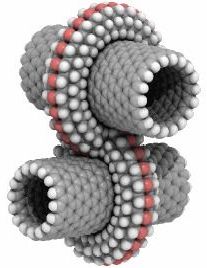

Not long ago nanotechnology was a fringe topic; now it’s a flourishing engineering field, and fairly mainstream. For example, while writing this article, I happened to receive an email advertisement for the “Second World Conference on Nanomedicine and Drug Delivery,” in Kerala, India. It wasn’t so long ago that nanomedicine seemed merely a flicker in the eyes of Robert Freitas and a few other visionaries!
But nano is not as small as the world goes. A nanometer is 10−9 meters – the scale of atoms and molecules. A water molecule is a bit less than one nanometer long, and a germ is around a thousand nanometers across. On the other hand, a proton has a diameter of a couple femtometers – where a femtometer, at 10−15 meters, makes a nanometer seem positively gargantuan. Now that the viability of nanotech is widely accepted (in spite of some ongoing heated debates about the details), it’s time to ask: what about femtotech? Picotech or other technologies at the scales between nano and femto seem relatively uninteresting, because we don’t know any basic constituents of matter that exist at those scales. But femtotech, based on engineering structures from subatomic particles, makes perfect conceptual sense, though it’s certainly difficult given current technology.
The nanotech field was arguably launched by Richard Feynman’s 1959 talk “There’s Plenty of Room at the Bottom.” As Feynman wrote there.
Let mind and body get swept up in pure riding pleasure.
More on the 2020 LiveWire ➡️ http://bit.ly/2020HDLiveWire
Music: “Body Talks” by The Struts.


The shootings at the Vietnam War protest was seen “as an indication that things in the U.S. — on and off campus — were spiraling out of control,” a historian said.
National Guardsmen fire a barrage of tear gas into a crowd of demonstrators on the campus of Kent State University on May 4, 1970. Bettmann Archive.
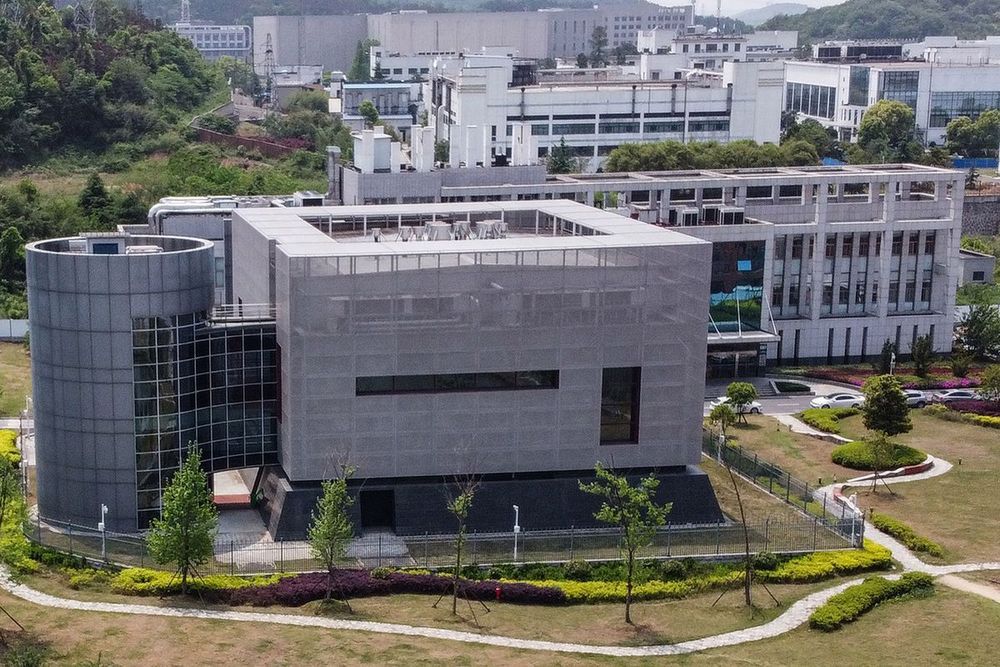
U.S. Secretary of State Michael Pompeo said “enormous evidence” shows the novel coronavirus outbreak began in a laboratory in Wuhan, China, but didn’t provide any proof for his claims.
“I can tell you that there is a significant amount of evidence that this came from that laboratory in Wuhan,” Pompeo said on ABC’s “This Week.” “These are not the first times that we’ve had a world exposed to viruses as a result of failures in a Chinese lab.”
Pompeo stopped short of saying the virus was man-made, noting that he agreed with a report by the Office of the Director of National Intelligence that ruled out genetic modification or it having been man-made.
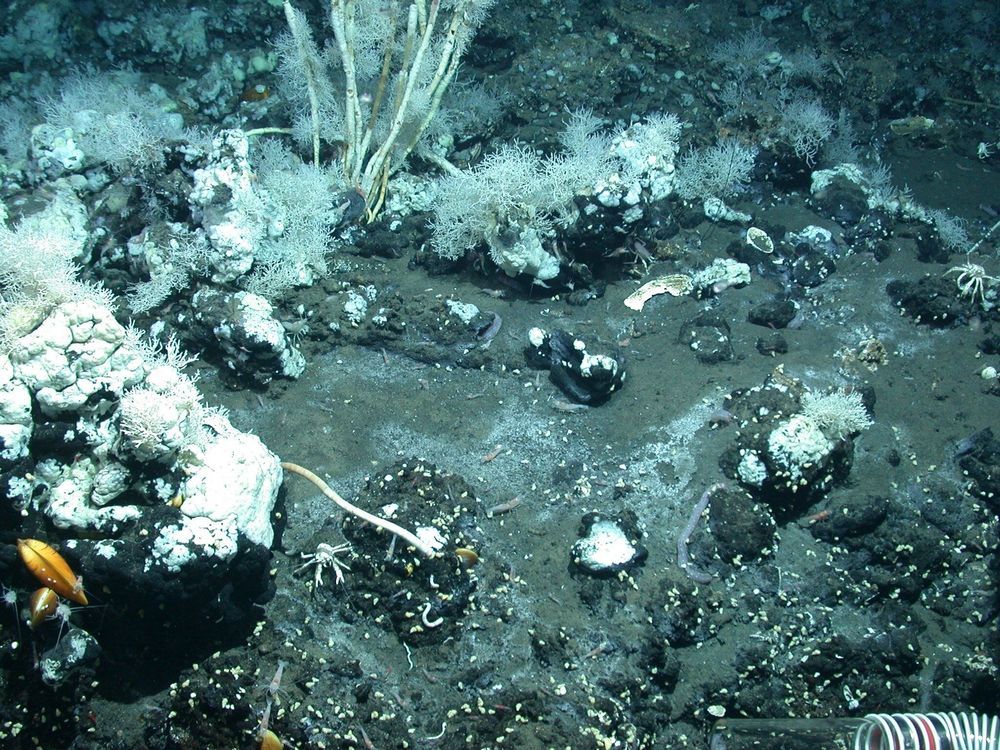
The COVID-19 pandemic is a stark reminder that we move through a world shaped by unseen life. Bacteria, viruses, and other microscopic organisms regulate the Earth’s vital functions and resources, from the air we breathe to all our food and most of our energy sources. An estimated one-third of the Earth’s microbes are literally hidden, buried in sediments deep below the ocean floor. Now, scientists have shown that these “deep biosphere” microbes aren’t staying put but are bubbling up to the ocean floor along with fluids from buried petroleum reservoirs. These hitchhikers in petroleum seeps are diversifying the microbial community that thrives at the seafloor, impacting deep-sea processes, such as carbon cycling, that have global implications.
“This study confirms that petroleum seeps are a conduit for transporting life from the deep biosphere to the seafloor,” says co-author Emil Ruff, a scientist at the Marine Biological Laboratory (MBL), Woods Hole. The study, led by Anirban Chakraborty and Casey Hubert of the University of Calgary, is published this week in Proceedings of the National Academy of Sciences.
The team analyzed 172 seafloor sediment samples from the eastern Gulf of Mexico that had been collected as part of a 2011 survey for the oil industry. A fraction of these samples contained migrated gaseous hydrocarbons, the chief components of oil and gas. These petroleum seeps on the ocean floor harbored distinct microbial communities featuring bacteria and archaea that are well-known inhabitants of deep biosphere sediments.